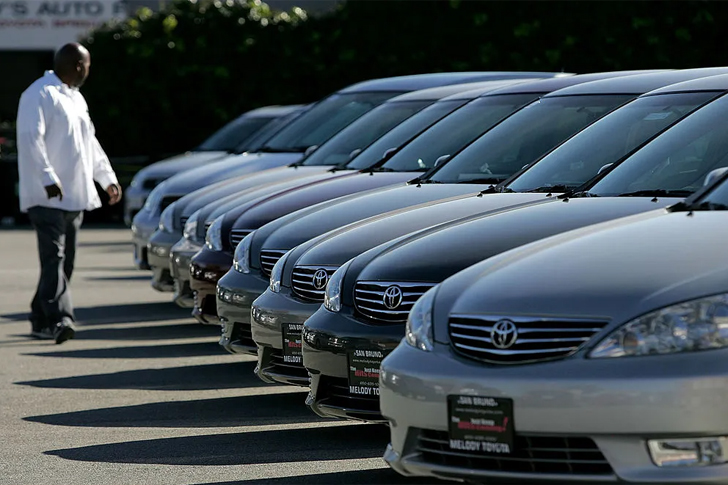Potential Savings on Unsold Cars
Each year, automakers face the challenge of managing their unsold car inventory. The volume of unsold cars can significantly affect a company’s profitability, especially when these vehicles remain in dealership lots longer than anticipated. This situation not only ties up capital but also increases the holding costs, which can affect both the manufacturer and consumers. By understanding the dynamics behind unsold cars, consumers can potentially leverage this information to attain considerable savings on their vehicle purchases.

Understanding the Scale of Unsold Car Inventories
The automotive industry often experiences a fluctuation in the number of unsold vehicles, primarily influenced by changes in consumer demand, economic conditions, and shifts towards new technologies like electric vehicles. Typically, car manufacturers aim to maintain a healthy level of inventory which corresponds to about 60-70 days’ worth of sales. However, according to automotive industry reports, there have been instances where inventory levels creep up to 90 days or more, particularly during economic downturns or industry disruptions such as the semiconductor chip shortage during the COVID-19 pandemic. These cars, if unsold, lead to crowded lots and sizable financial burdens on dealerships.
Financial Implications of Overstock for Dealerships
For dealers, the pressure to sell unsold cars increases as they pay interest on these vehicles—generally financed through floor plan financing. The longer a car remains unsold, the higher the interest expense becomes. These costs eventually cut into the dealership’s profitability. In many cases, passing some of these losses onto the consumer through higher prices is not feasible due to competition and market pricing transparency enabled by the internet. This financial strain often forces dealers to offer significant discounts or incentives to accelerate sales—and herein lies the potential saving grace for savvy buyers.
Potential Savings for Consumers
Purchasing a car towards the end of the model year or calendar year can be financially beneficial for buyers. During these periods, dealerships are more willing to negotiate and offer attractive incentives to clear out old stock before new models arrive. Data from automotive analytics firms show that discounts on cars can run as high as 10% to 20% off the MSRP under such circumstances. In specific terms, on a $30,000 car, this equates to savings of up to $6,000—a substantial reduction. Moreover, manufacturers often support dealers by offering additional incentives such as cash-back offers, low-interest financing, and lease specials to help move cars off lots.
Negotiating Tips for Buying Unsold Inventory
While potential savings on unsold cars can be substantial, maximizing the opportunity requires strategic negotiation skills. First, it’s vital for buyers to conduct thorough research on which models are most likely to have surplus inventory. Cars that have been on the market for an extended period or are due for an upcoming redesign are typically prime candidates. Additionally, knowing the vehicle’s invoice price and any running incentives can provide a good baseline for negotiation. Armed with this information, buyers should be ready to discuss pricing confidently and seek out multiple quotes to ensure they are getting the best deal possible.
The Future of Unsold Car Inventories
Looking ahead, trends such as just-in-time manufacturing and sophisticated data analytics are being leveraged more frequently to align production with demand, potentially reducing the volume of unsold vehicles. Additionally, the rise of online car sales platforms also aids in balancing inventory levels, as these platforms can dynamically adjust pricing and incentives based on real-time market conditions. However, mismatches between production and demand will likely always exist to some degree, ensuring that opportunities for savings on unsold cars will remain.
Conclusion
Unsold car inventories represent a unique challenge for the automotive industry but also an opportunity for consumers to negotiate substantial savings. By understanding the intricacies of why cars remain unsold and how it impacts both dealers and manufacturers, buyers can better position themselves to take advantage of these situations. With strategic planning and knowledgeable negotiation, purchasing an unsold car can be a financially advantageous decision, potentially saving thousands of dollars. As the automotive market continues to evolve, staying informed and adaptable will remain key strategies for consumers looking to capitalize on these opportunities.







Recent Comments